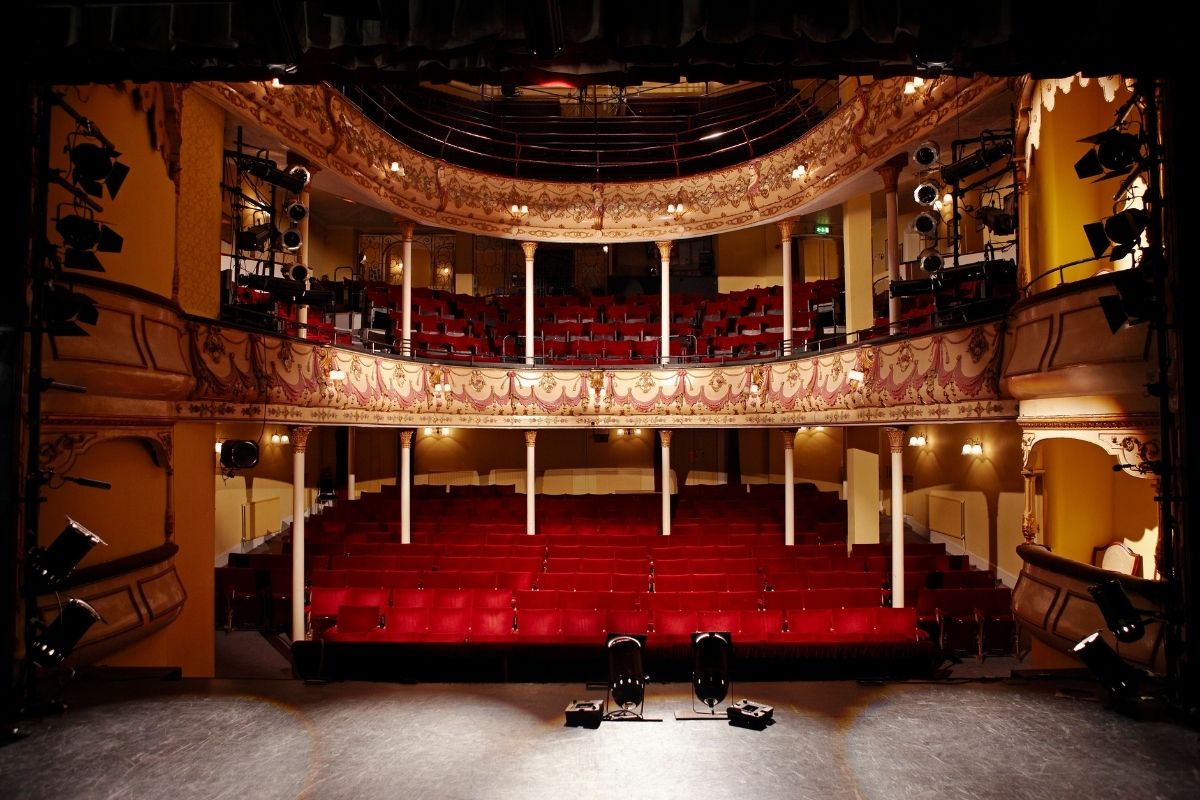If you look at the beginning of the whole idea of the United States, what does it mean to move from a colonial place to a place where there are a lot of different kinds of people doing a lot of different kinds of things? This is a question worth pondering as you pursue your online performing arts education.
There are people who are very clearly connected to a European sense of theater. That might have to do with Shakespeare. It might have to do with a certain formal kind of theater that has ties to Europe.
Meanwhile, in the United States, there are a number of other kinds of folks who are looking for something else, something that feels American, something that speaks to a kind of roughness, a kind of humor that is rougher and bawdier.
And then there are also all these Black people, these Black people who are here with other kinds of theatrical traditions, other kinds of musical traditions, and other ways of telling stories that involve sound and a certain approach to energy, an approach to the voice, an approach to movement.
One of the ways in which the United States developed this whole way of thinking about theater hearkens back to the early 1800s, when there was a white traveling theatrical performer named Tom Rice. He supposedly saw a Black groomsman in the street, somebody who took care of horses. The story is that this enslaved man was singing a song and doing a dance, and when Tom Rice saw it, he said, “Oh, I’m going to copy him.” And so he copied him, including blackening his face. And he created this notion of blackface comedy.
Now, blackface existed before then, but in the United States in the early years of the 1800s, it really started to take off, and it became this massively important entertainment form. From around 1830, through the 19th century and into the very early years of the 20th century, it continued.
When you think about Broadway, you think about the American musical, you really want to think about all the roots that are in it. In performing arts education, you’ll learn about all the things that had to come together to make what we know in today’s theater.
In the period from 1900 to 1920, there was a lot happening. There were different kinds of epidemics that were happening. I think we all know about the Spanish flu in 1918. Sexually transmitted infections were also extremely dangerous. And STIs took a lot of folks out. Syphilis, for example, was responsible for a large number of deaths.
Some leading African American theatrical figures died for various reasons early in the 20th century. Ernest Hogan, the first Black entertainer to produce and star in a Broadway show, died in 1909. Bob Cole and George Walker, prominent figures in early 20th-century African American musical theater who began their careers in blackface, passed away in 1911.
Now, these folks were at the center of organizations. They weren’t just solo people. So, when they died, a certain kind of large-scale Black musical theater started to become more scarce, certainly no longer being seen on Broadway.


